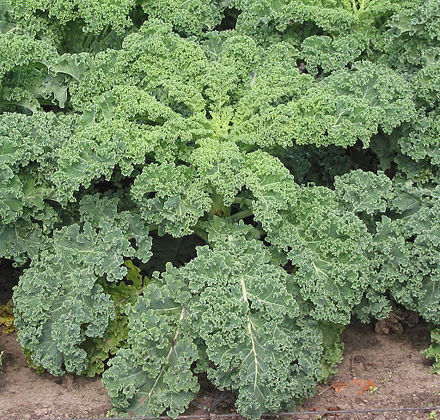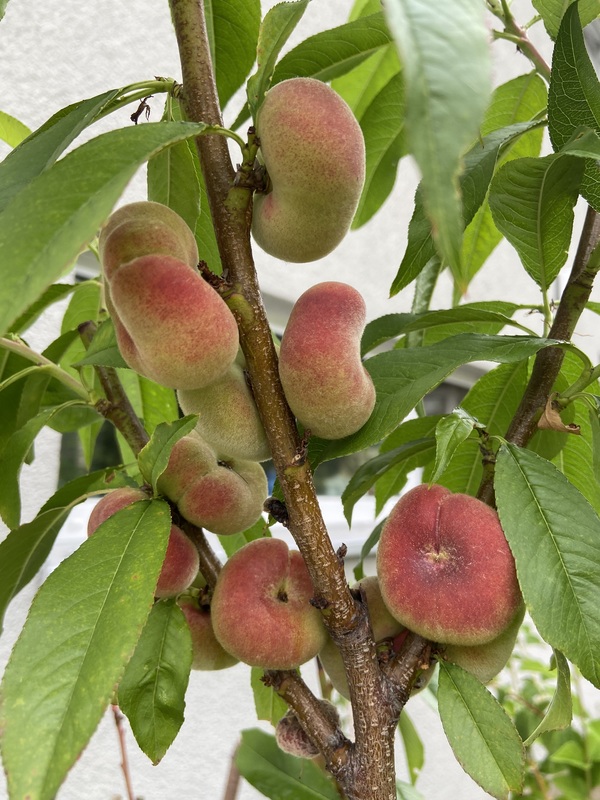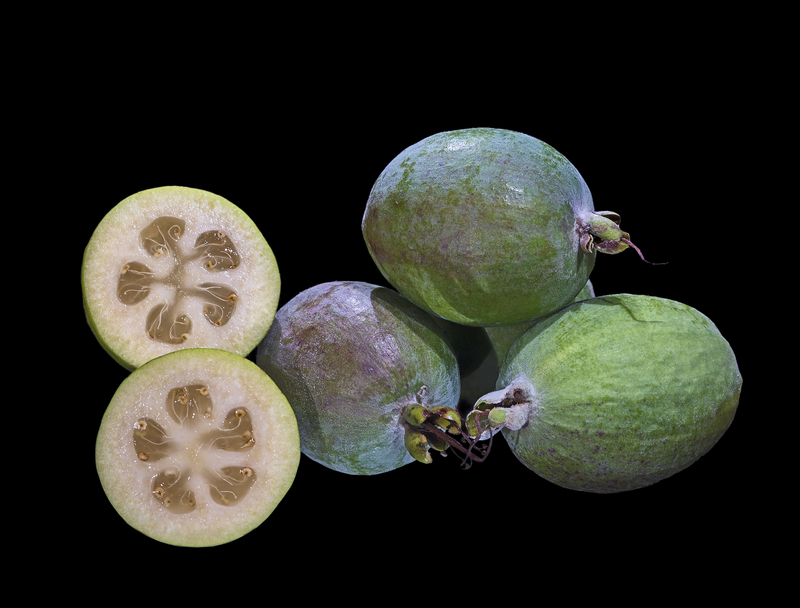Description
Dragon fruit, also known as Hylocereus undatus, is a tropical cactus native to Central and South America. It is a climbing plant with elongated, cylindrical stems that can reach up to 30 feet in length. The plant has large, paddle-shaped leaves and white flowers that are pollinated by bats. The fruit, which is the edible part of the plant, is oval in shape and has a bright pink or red skin with green scales. Inside, the fruit has a white, fleshy interior with small, black seeds.
Dragon fruit grows best in warm, sunny climates and well-draining soil. It is not winter hardy and needs to be protected from frost. To cultivate the plant successfully, a grower may need to provide support for the stems to climb on and regularly water and fertilize the soil.
Dragon fruit is edible and the fruit can be eaten fresh or used in smoothies, juices, or desserts. The fruit can be stored in the refrigerator for a few days after harvest. In addition to its use as a food, dragon fruit has been used medicinally to treat a variety of ailments, including inflammation, high blood pressure, and digestive problems.
Dragon fruit is also valued for its attractiveness to wildlife, including birds and butterflies. The plant’s flowers provide nectar for pollinators, and the fruit is a food source for animals. In addition, the plant’s large, paddle-shaped leaves can provide shelter for wildlife.


